As 5G hits the market, new U.S. Army-funded research has developed a radio-frequency switch that is over 50 times more energy efficient than what is used today.



WASHINGTON — The U.S. Army will experiment using Starlink broadband to move data across military networks. An agreement signed with SpaceX on May 20 gives the Army three years to try out the service.
The Army and SpaceX signed a Cooperative Research and Development Agreement known as a CRADA, an Army source told SpaceNews.
The project will be overseen by the Combat Capabilities Development Command’s C5ISR Center based at Aberdeen Proving Ground, Maryland.
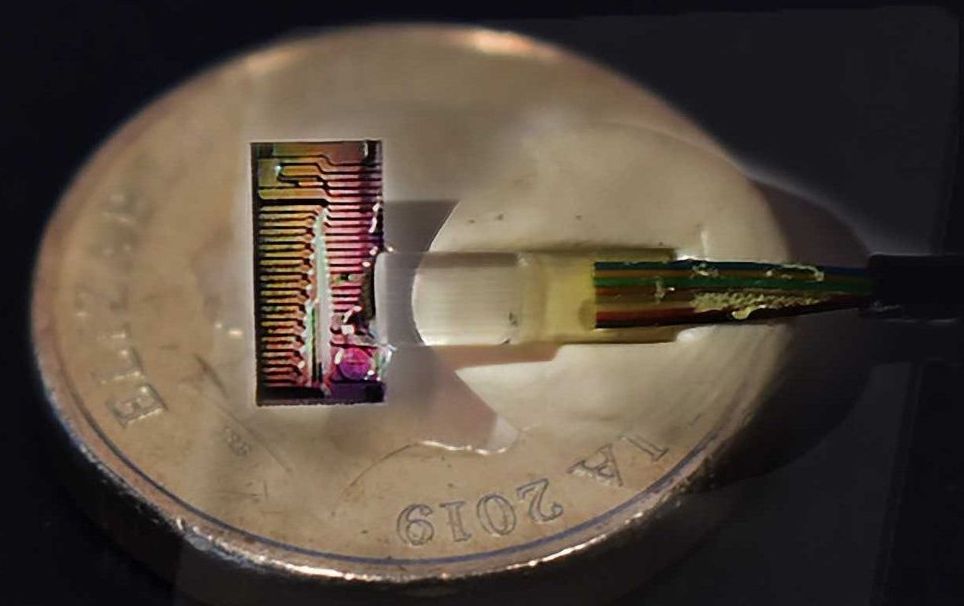
Researchers in Australia have achieved a world record internet speed of 44.2 terabits per second, allowing users to download 1,000 HD movies in a single second.
A team from Monash, Swinburne and RMIT universities used a “micro-comb” optical chip containing hundreds of infrared lasers to transfer data across existing communications infrastructure in Melbourne.
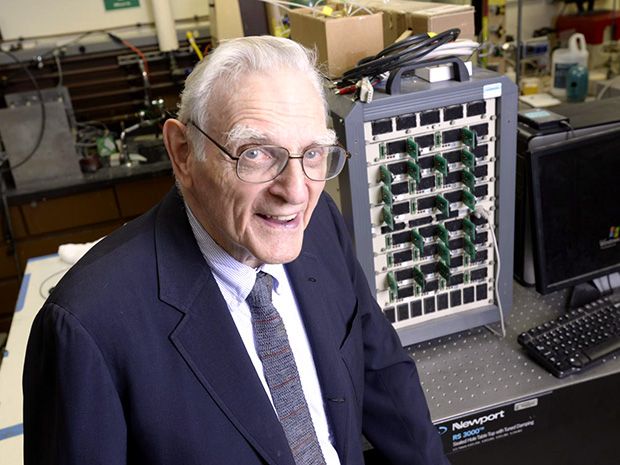
Circa 2017
Electric car purchases have been on the rise lately, posting an estimated 60 percent growth rate last year. They’re poised for rapid adoption by 2022, when EVs are projected to cost the same as internal combustion cars. However, these estimates all presume the incumbent lithium-ion battery remains the go-to EV power source. So, when researchers this week at the University of Texas at Austin unveiled a new, promising lithium- or sodium–glass battery technology, it threatened to accelerate even rosy projections for battery-powered cars.
“I think we have the possibility of doing what we’ve been trying to do for the last 20 years,” says John Goodenough, coinventor of the now ubiquitous lithium-ion battery and emeritus professor at the Cockrell School of Engineering at the University of Texas, Austin. “That is, to get an electric car that will be competitive in cost and convenience with the internal combustion engine.” Goodenough added that this new battery technology could also store intermittent solar and wind power on the electric grid.
Yet, the world has seen alleged game-changing battery breakthroughs come to naught before. In 2014, for instance, Japanese researchers offered up a cotton–based (!) new battery design that was touted as “energy dense, reliable, safe, and sustainable.” And if the cotton battery is still going to change the world, its promoters could certainly use a new wave of press and media releases, as an Internet search on their technology today produces links that are no more current than 2014–2015 vintage.
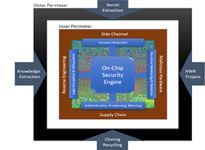
As Internet of Things (IoT) devices rapidly increase in popularity and deployment, economic attackers and nation-states alike are shifting their attention to the vulnerabilities of digital integrated circuit (IC) chips. Threats to IC chips are well known, and despite various measures designed to mitigate them, hardware developers have largely been slow to implement security solutions due to limited expertise, high cost and complexity, and lack of security-oriented design tools integrated with supporting semiconductor intellectual property (IP). Further, when unsecure circuits are used in critical systems, the lack of embedded countermeasures exposes them to exploitation. To address the growing threat this poses from an economic and national security perspective, DARPA developed the Automatic Implementation of Secure Silicon (AISS) program. AISS aims to automate the process of incorporating scalable defense mechanisms into chip designs, while allowing designers to explore chip economics versus security trade-offs based on the expected application and intent while maximizing designer productivity.
Today, DARPA is announcing the research teams selected to take on AISS’ technical challenges. Two teams of academic, commercial, and defense industry researchers and engineers will explore the development of a novel design tool and IP ecosystem – which includes tool vendors, chip developers, and IP licensors – allowing, eventually, defenses to be incorporated efficiently into chip designs. The expected AISS technologies could enable hardware developers to not only integrate the appropriate level of state-of-the-art security based on the target application, but also balance security with economic considerations like power consumption, die area, and performance.
“The ultimate goal of the AISS program is to accelerate the timeline from architecture to security-hardened RTL from one year, to one week – and to do so at a substantially reduced cost,” said the DARPA program manager leading AISS, Mr. Serge Leef.

Today we stand at an inflection point. In the months and years ahead, deepfakes threaten to grow from an Internet oddity to a widely destructive political and social force. Society needs to act now to prepare itself.
The first use case to which deepfake technology has been widely applied— as is often the case with new technologies—is pornography. As of September 2019, 96% of deepfake videos online were pornographic, according to the Deeptrace report.
A handful of websites dedicated specifically to deepfake pornography have emerged, collectively garnering hundreds of millions of views over the past two years. Deepfake pornography is almost always non-consensual, involving the artificial synthesis of explicit videos that feature famous celebrities or personal contacts.

The 5G revolution has begun, and the first lines of phones that can access the next generation of wireless speeds have already hit the shelves. Researchers at The University of Texas at Austin and the University of Lille in France have built a new component that will more efficiently allow access to the highest 5G frequencies in a way that increases devices’ battery life and speeds up how quickly we can do things like stream high-definition media.
Smartphones are loaded with switches that perform a number of duties. One major task is jumping between networks and spectrum frequencies: 4G, Wi-Fi, LTE, Bluetooth, etc. The current radio-frequency (RF) switches that perform this task are always running, consuming precious processing power and battery life.
“The switch we have developed is more than 50 times more energy efficient compared to what is used today,” said Deji Akinwande, a professor in the Cockrell School of Engineering’s Department of Electrical and Computer Engineering who led the research. “It can transmit an HDTV stream at a 100 gigahertz frequency, and that is unheard of in broadband switch technology.”

“It’s not just about the smell,” said Adrian Cheok, one of the scientists behind the experiments. “It is part of a whole, integrated virtual reality or augmented reality. So, for example, you could have a virtual dinner with your friend through the internet. You can see them in 3D and also share a glass of wine together.”
In real life, odors are transmitted when airborne molecules waft into the nose, prompting specialized nerve cells in the upper airway to fire off impulses to the brain. In the recent experiments, performed on 31 test subjects at the Imagineering Institute in the Malaysian city of Nusajaya, researchers used electrodes in the nostrils to deliver weak electrical currents above and behind the nostrils, where these neurons are found.
The researchers were able to evoke 10 different virtual odors, including fruity, woody and minty.
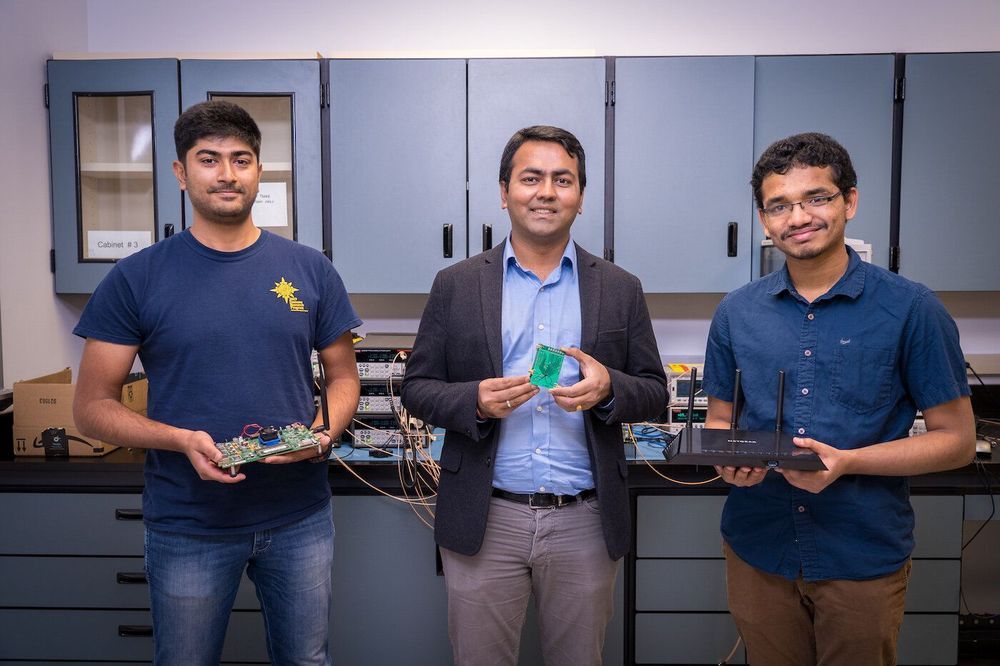
More portable, fully wireless smart home setups. Lower power wearables. Batteryless smart devices. These could all be made possible thanks to a new ultra-low power Wi-Fi radio developed by electrical engineers at the University of California San Diego.
The device, which is housed in a chip smaller than a grain of rice, enables Internet of Things (IoT) devices to communicate with existing Wi-Fi networks using 5,000 times less power than today’s Wi-Fi radios. It consumes just 28 microwatts of power. And it does so while transmitting data at a rate of 2 megabits per second (a connection fast enough to stream music and most YouTube videos) over a range of up to 21 meters.
The team will present their work at the ISSCC 2020 conference Feb. 16 to 20 in San Francisco.
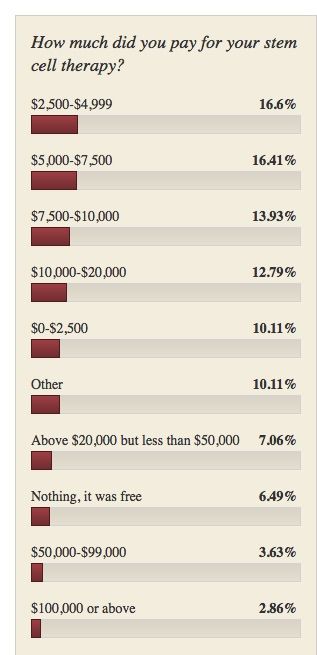
The average cost of stem cell treatment is $8,750.
I get asked many questions about stem cell therapies, but one of the most common over the years has been about the stem cell treatment cost. For instance, a reporter might ask, “How much does a stem cell treatment for MS cost?” and a patient might ask me, “How much is a fair cost for a stem cell therapy for arthritis?” Or, patients will voluntarily tell me what they paid or mention it in the comments. We hear various numbers thrown around about costs so I decided to do a poll on this. I even did an early update on the results of this poll, voicing my skepticism that the costs paid were worth it.
But the poll has gotten well over 500 responses now so I thought I would revisit it and what it might mean.
You can see a screenshot of the images. It’s fair to say, as much as Internet polls aren’t considered particularly accurate, that this one largely fits with what is reported “out in the field”.